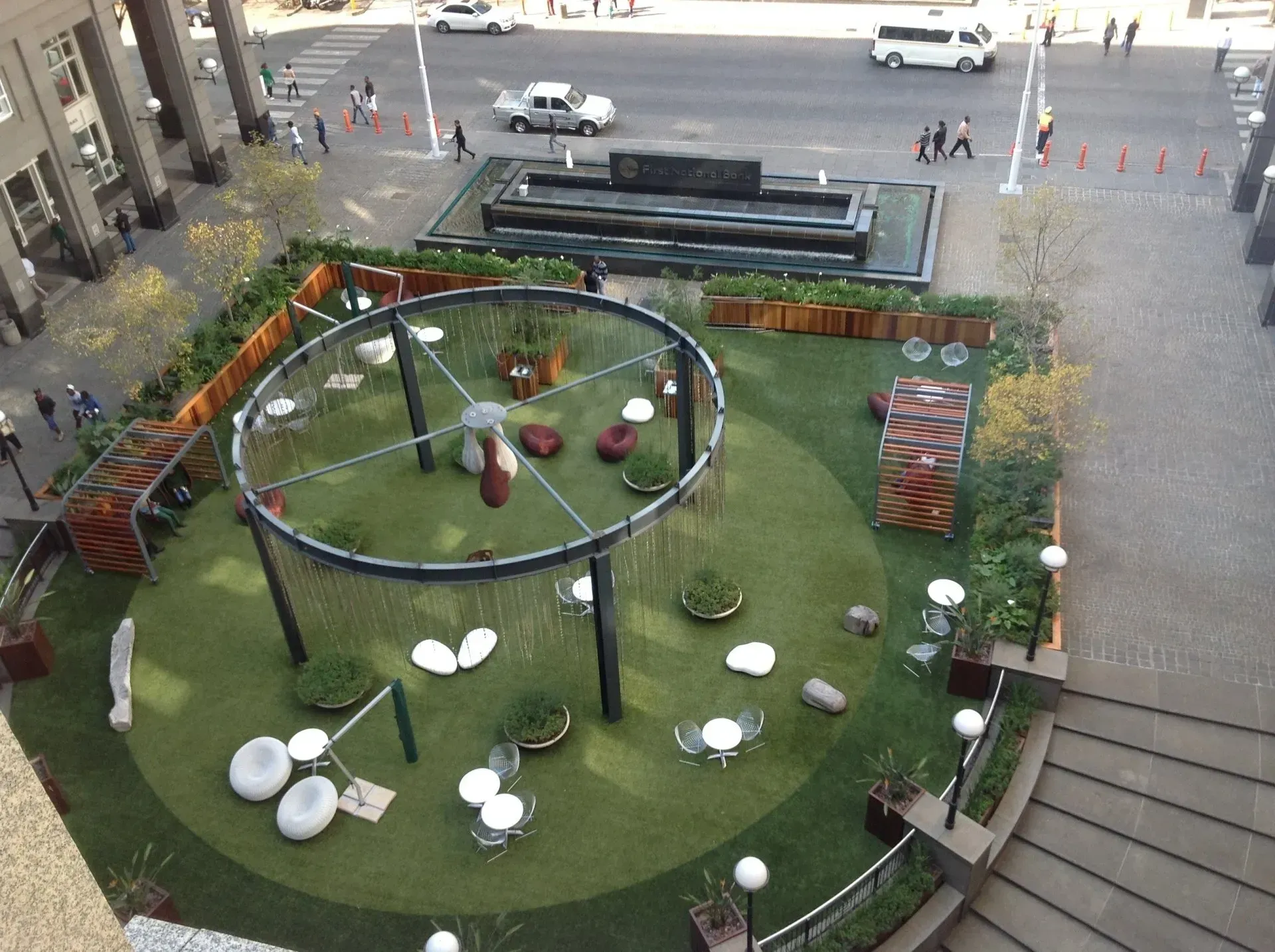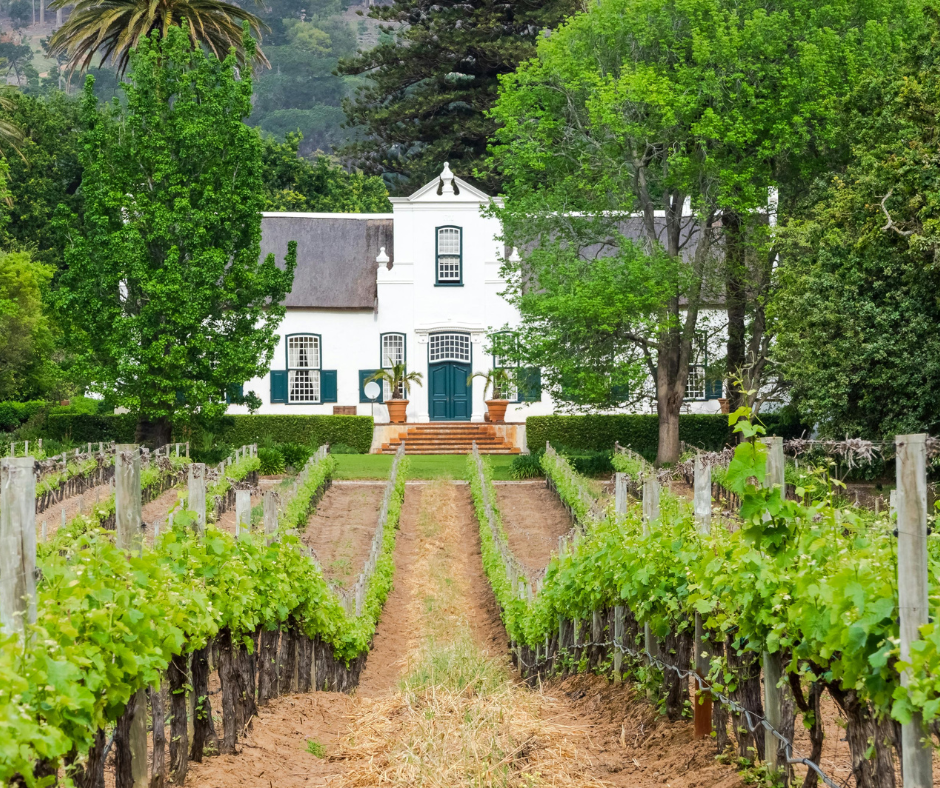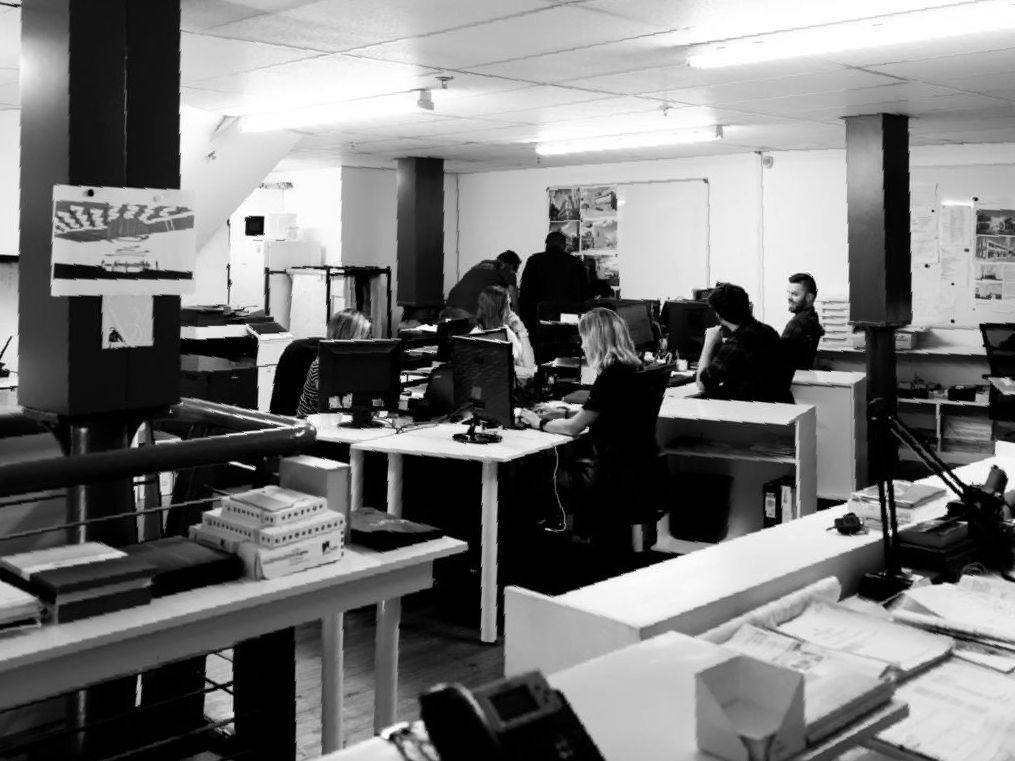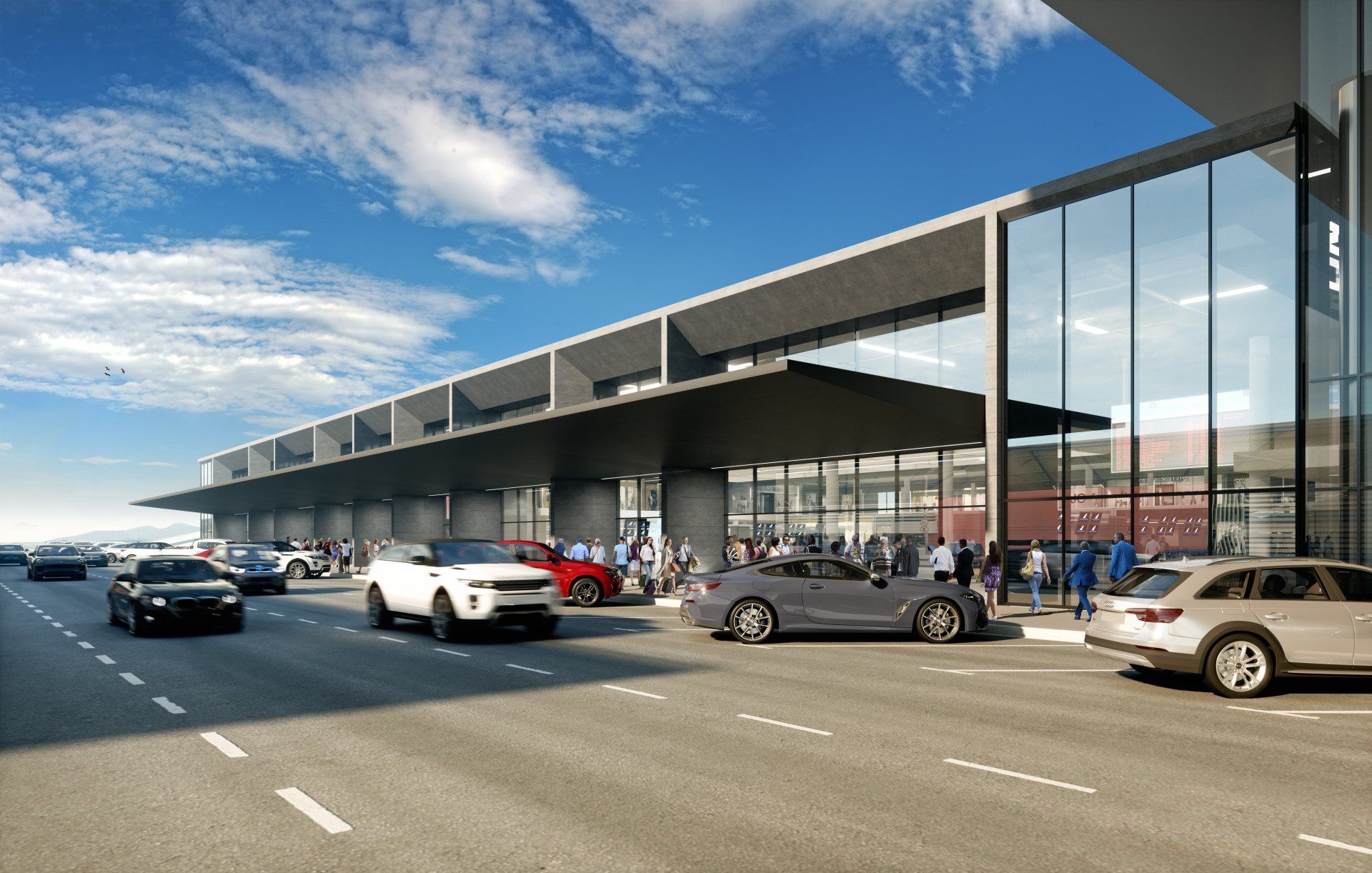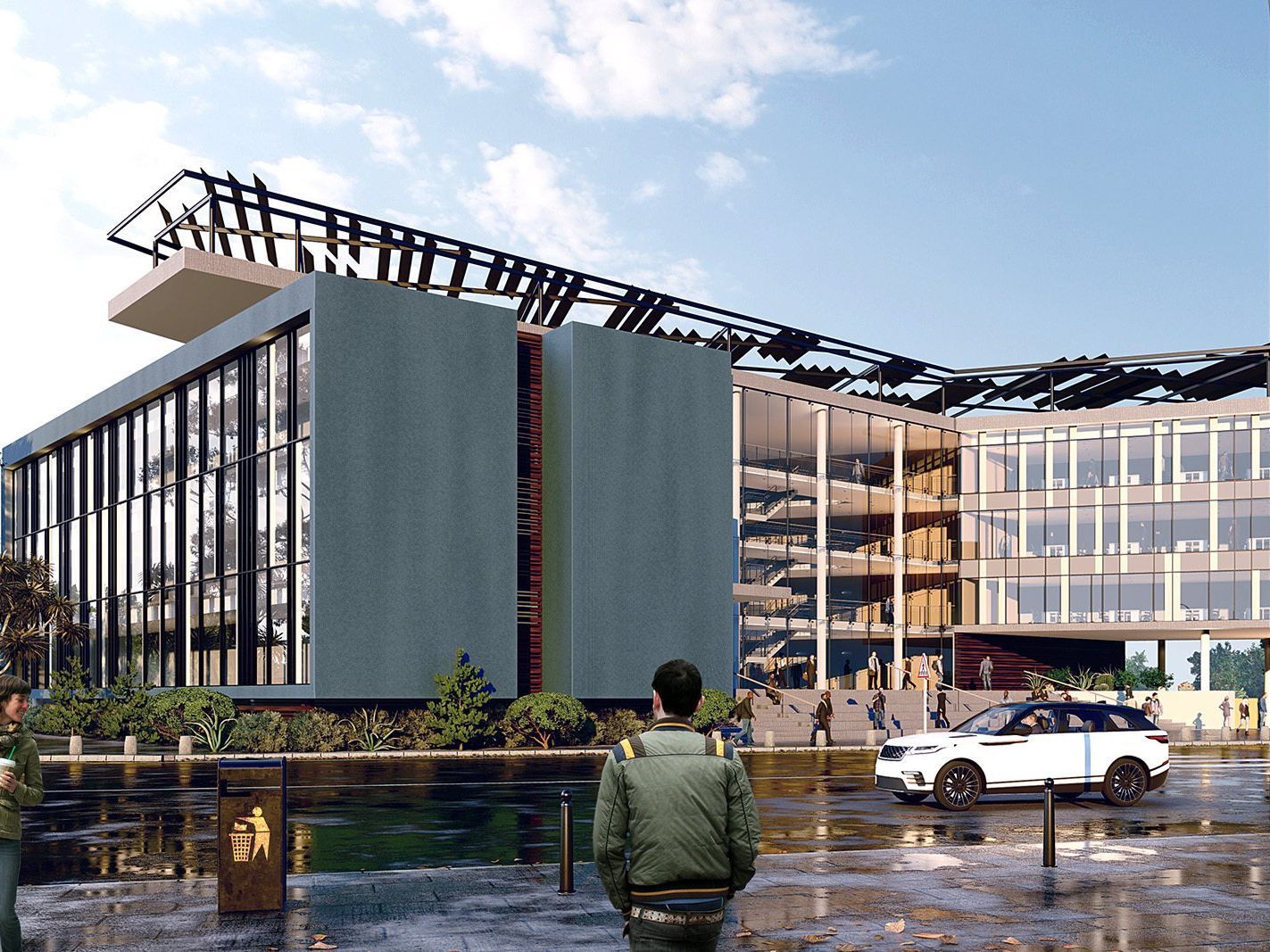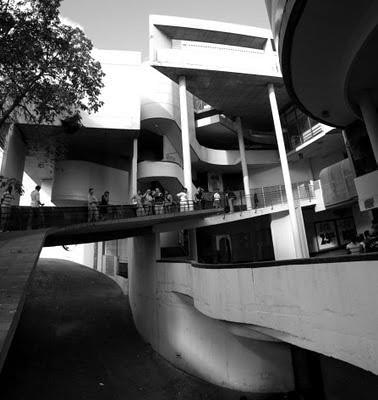What You Need To Know About Bioclimatic Architecture
For a form of architecture that has been in use for hundreds of years, and has an impressive range of benefits, bioclimatic architecture has been severely underused in recent times. But the shift towards sustainability in the design industry, has seen the re-emergence of bioclimatic trends.
What Is Bioclimatic Architecture?
Simply put, bioclimatic architecture is a form of architecture that works in unison with nature and climatic conditions to achieve ideal thermal conditions.
Good examples of bioclimatic application in architecture would be natural ventilation systems and south-facing windows. Bioclimatic architecture makes the most of the surrounding natural structures and elements to create a building or home which provides optimal temperatures. Bioclimatic architecture also incorporates sustainable materials and passive solar design.
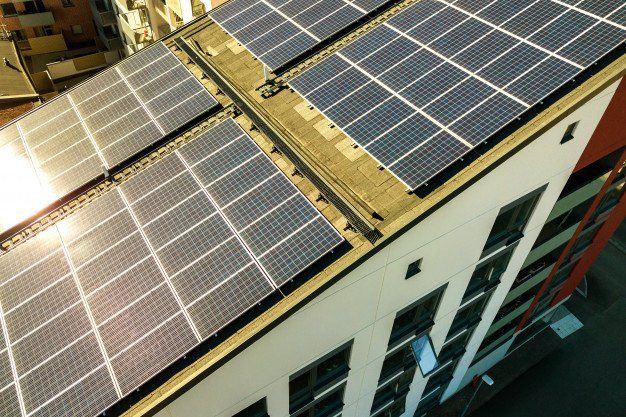
How Effective Is Bioclimatic Architecture?
Heaters and air conditioners are relatively recent inventions. Before that, one of the only ways to create a building with regulated temperatures was by using bioclimatic architecture. Designing in alignment with nature forces designers to consider all seasons, and come up with innovative solutions for specific areas, as well as use tried and tested, traditional bioclimatic methods which have been in use for generations.
Obviously, more moderate climates and environments lend themselves to more successful bioclimatic architectural features. But when used correctly, this type of architecture can be truly effective and practical.
Is Bioclimatic Architecture Expensive?
Such architecture needn’t be expensive. Because this type of design uses nature to its advantage, your home should be far more energy efficient and bioclimatic architecture should definitely save you a lot of money in the long run. That being said, certain bioclimatic structures may have upfront costs, but fortunately rain water collection, solar access, solar shading and thermal mass structures and systems are usually relatively affordable.
Why Isn’t Bioclimatic Architecture More Widely Used?
Just like in many other design industries, the majority of architects stepped away from what is practical and useful and leaned towards what is fashionable and ‘modern’. Just because modern thermal regulation is scientifically impressive, does not mean it is the best solution for every home. We live in an age where most people deem air conditioners and central heating to be necessary, even in moderate climates. People in general have become further removed from nature than ever before. As architects, we've gone from hand tools, like t-squares and compasses, to digital tools.
We need to step away from the idea of ‘needing’ modern appliances and instead look towards what nature has to offer us. Slowly, more and more architects are looking towards bioclimatic architecture as a solution to modern energy wastage, and this design mind set should increase in popularity as the world makes an eco-conscious shift.
For more information about our innovative architectural services and on how we can assist you, get in touch with our team of professional architects and designers in Durban and Cape Town.
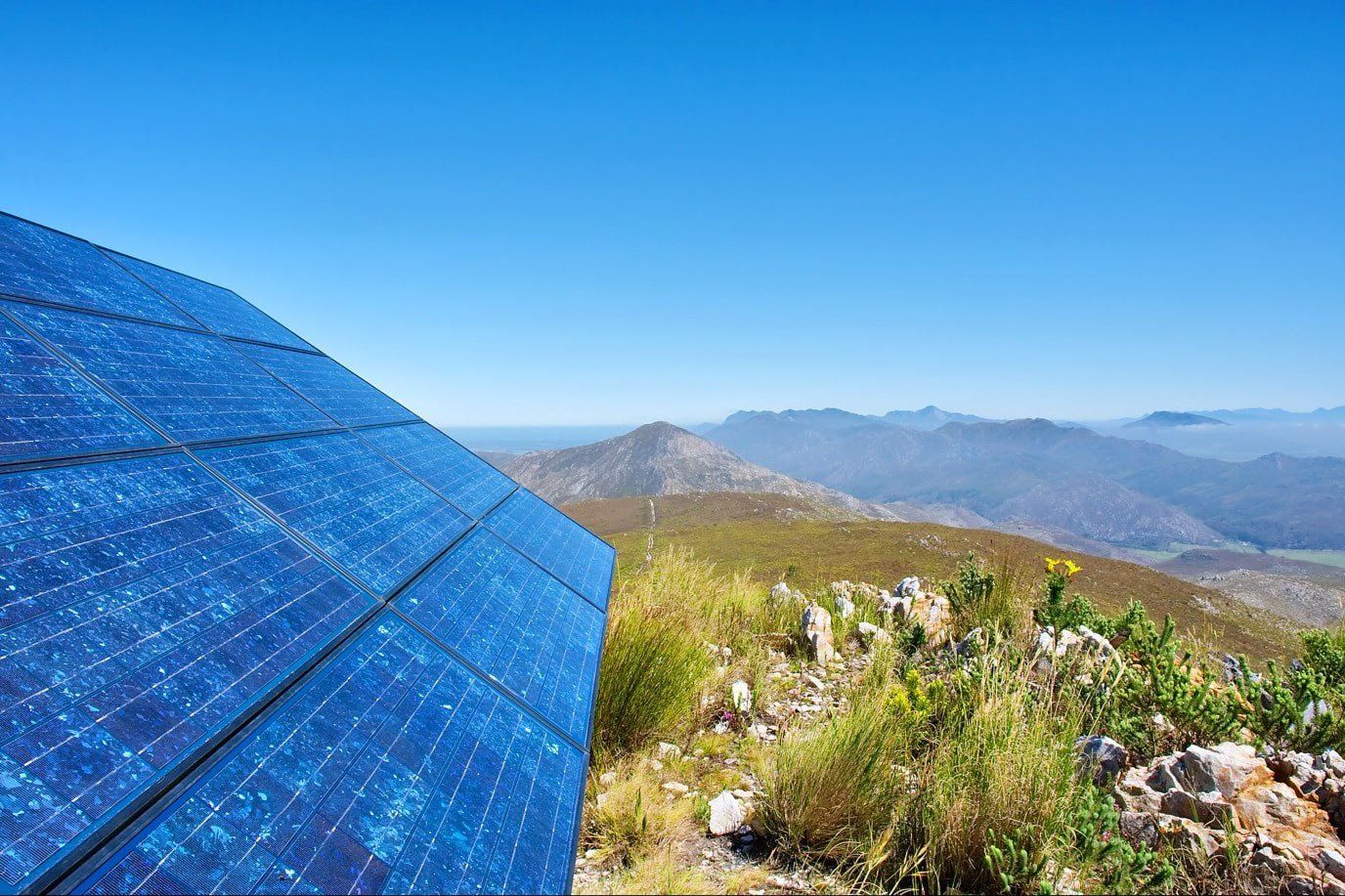
Cape Town
109 Waterkant Street
De Waterkant Cape Town
South Africa, 8001
Durban
Rydall Vale Office Park
Rydall Vale Crescent
Block 3 Suite 3
Umhlanga, 4019
Website design by Archmark


